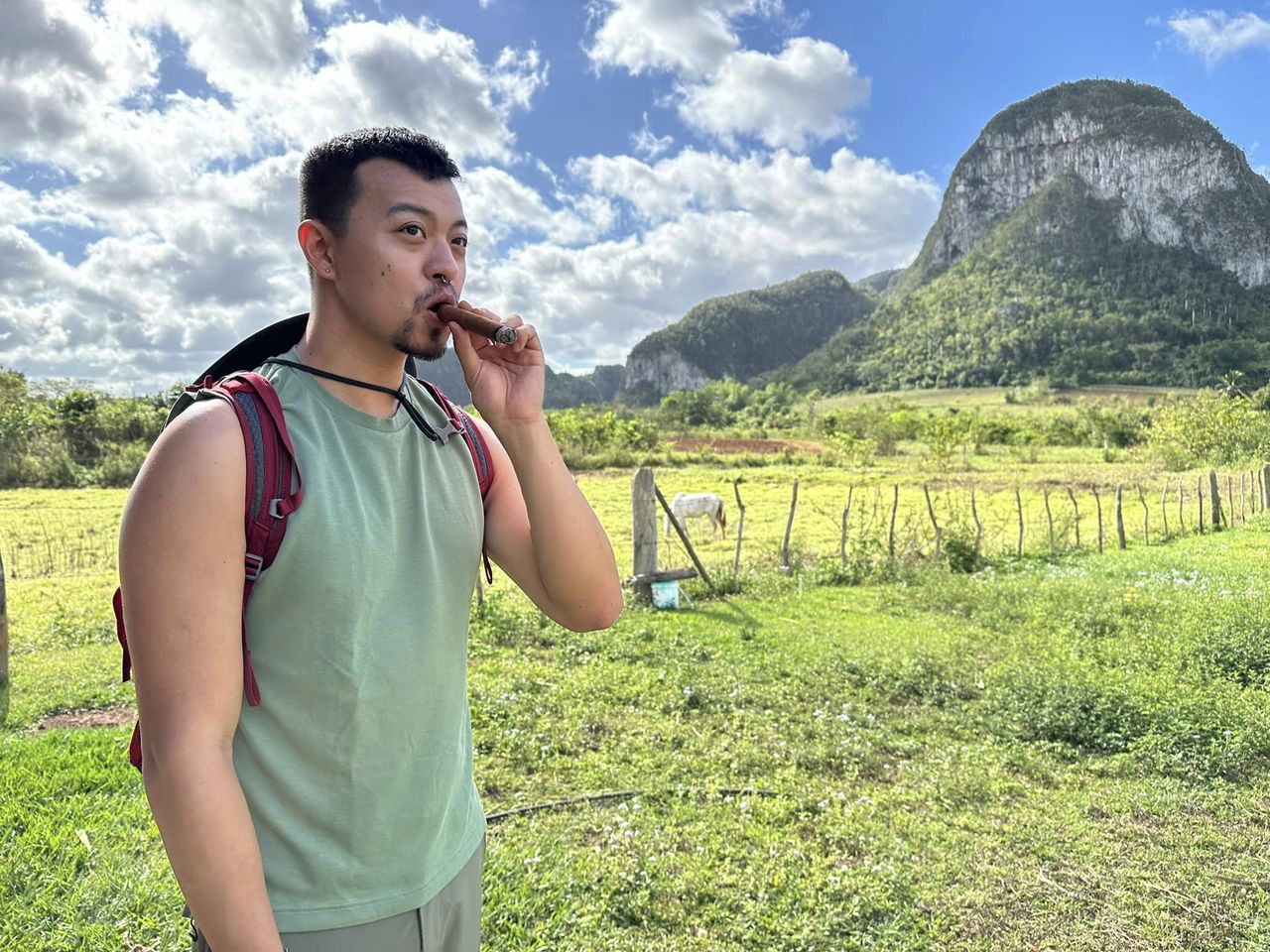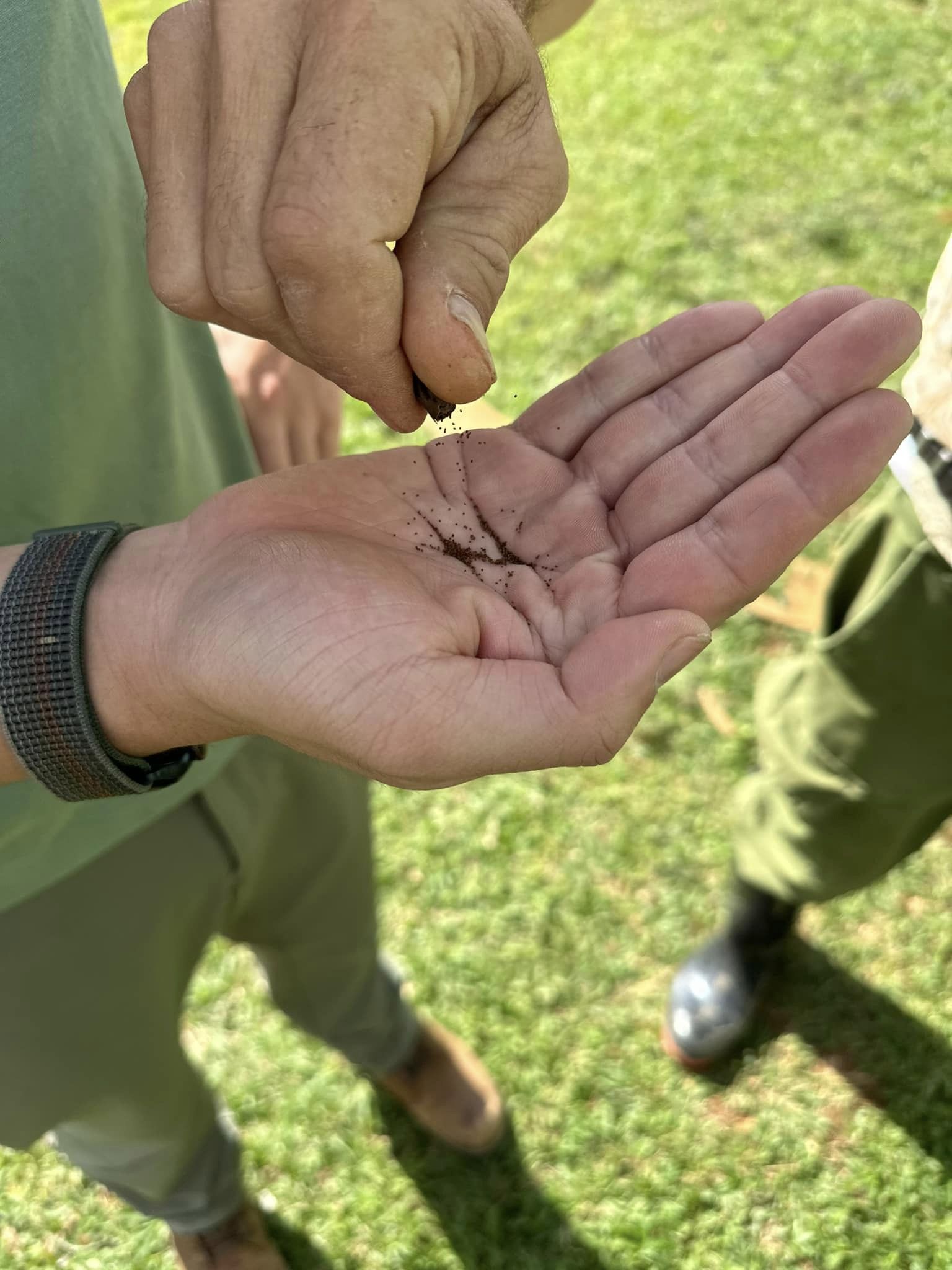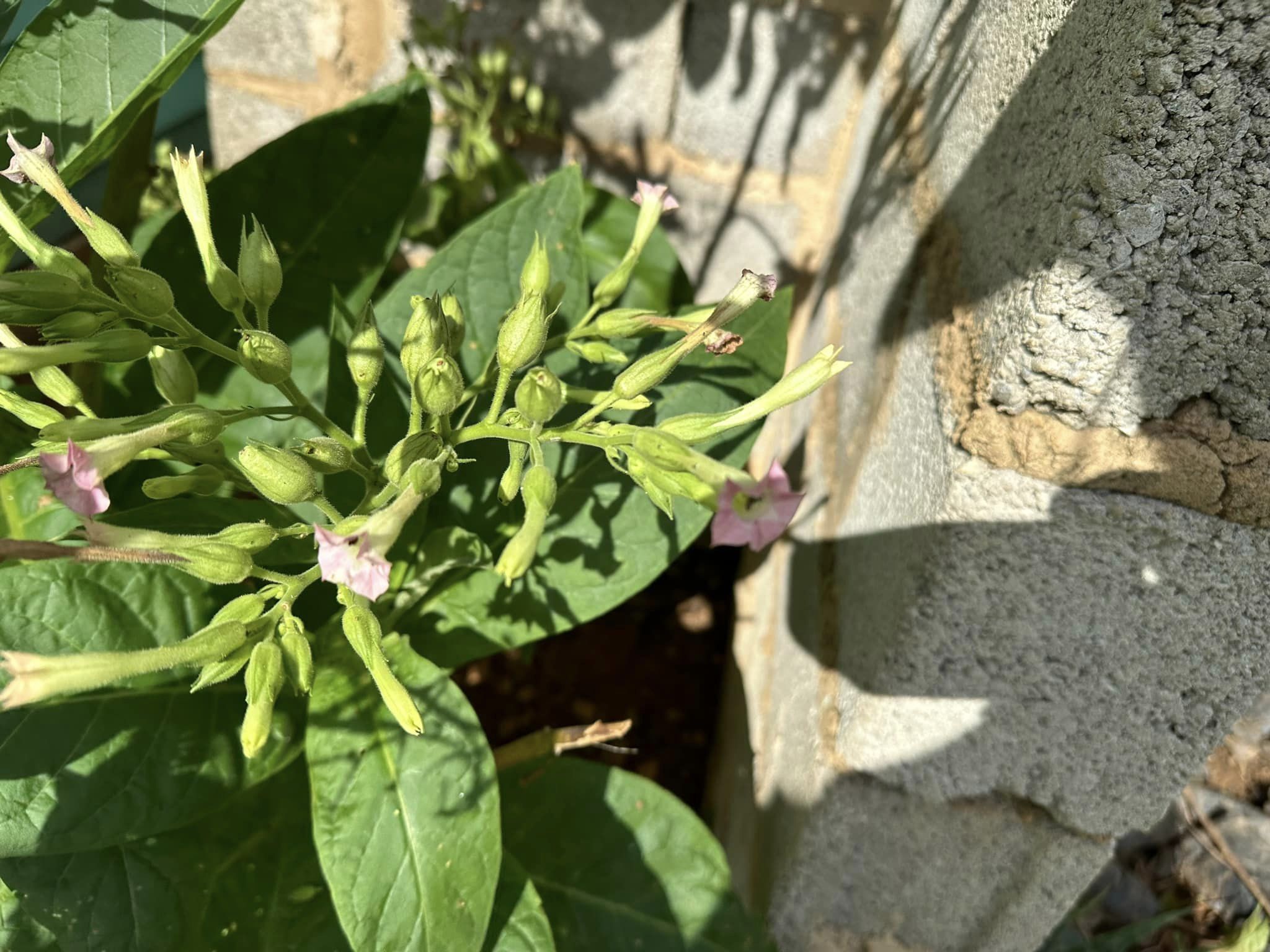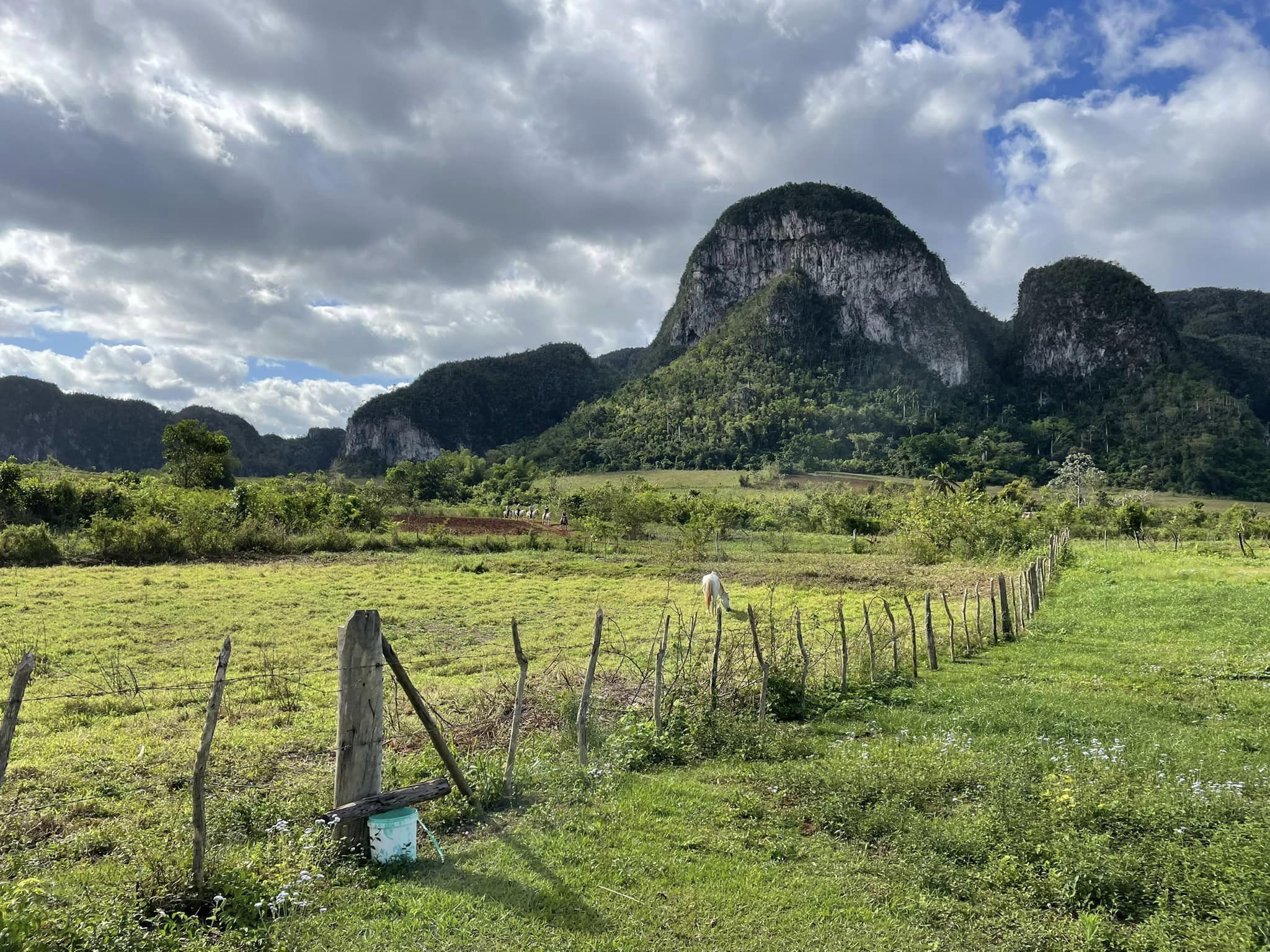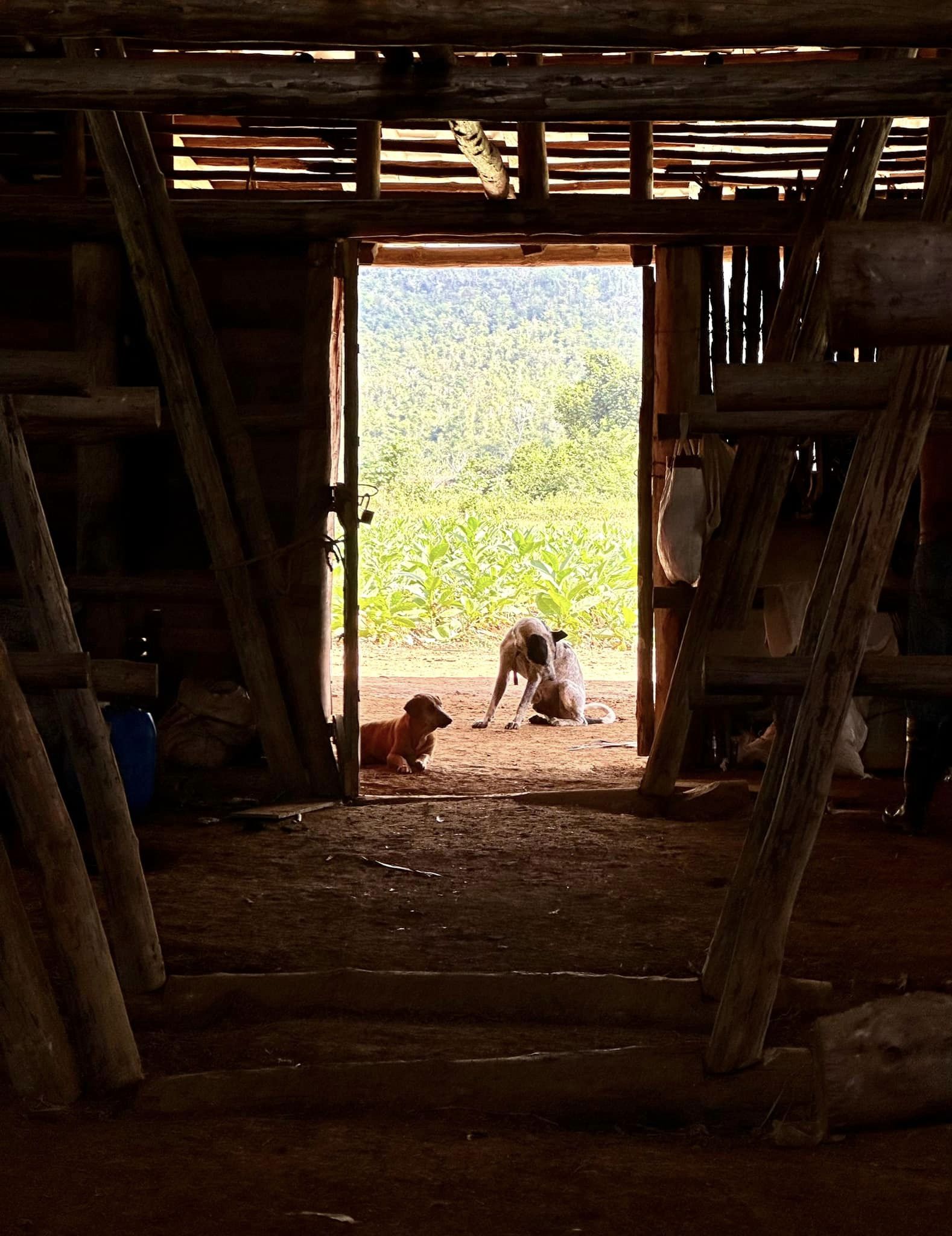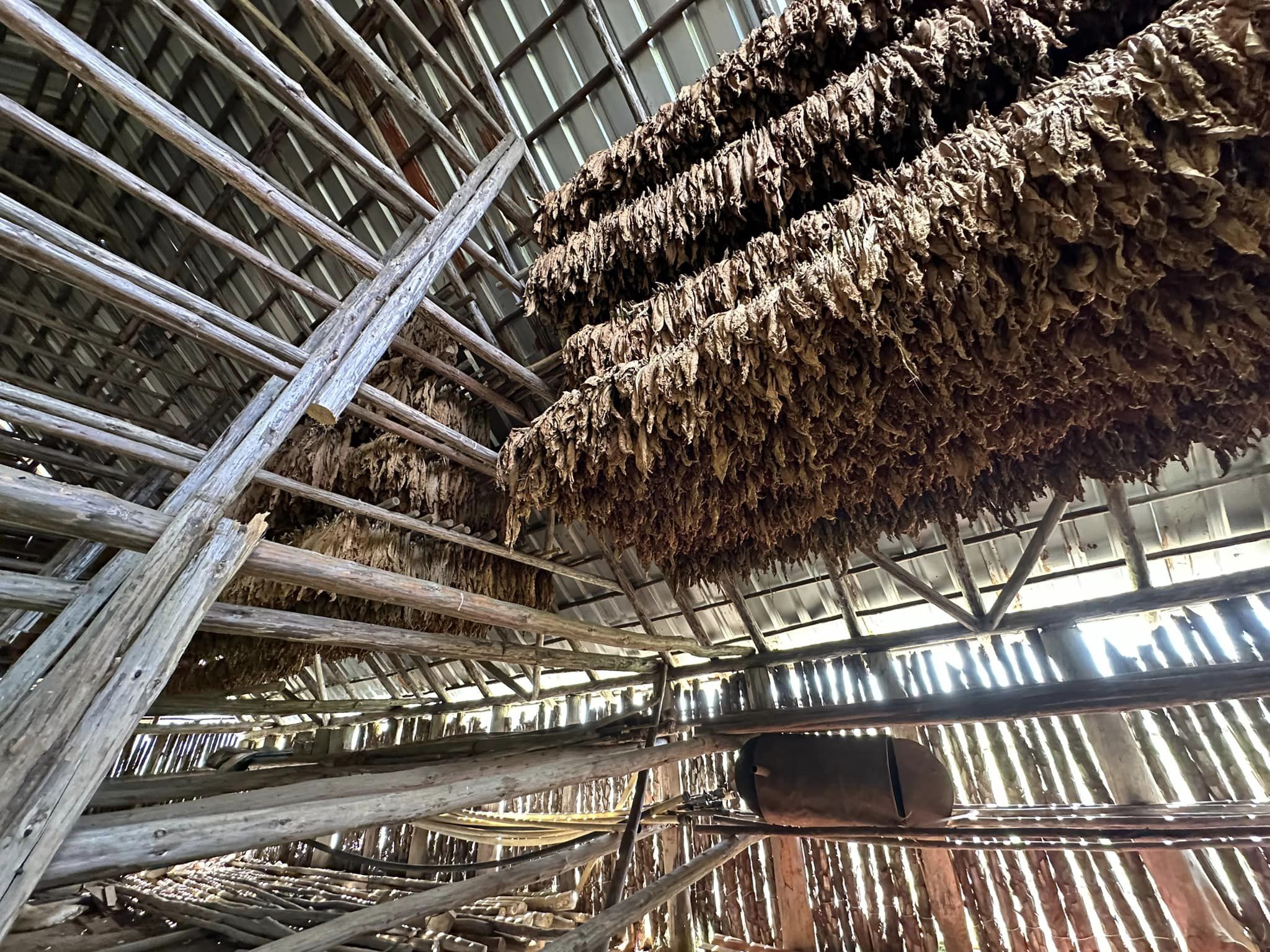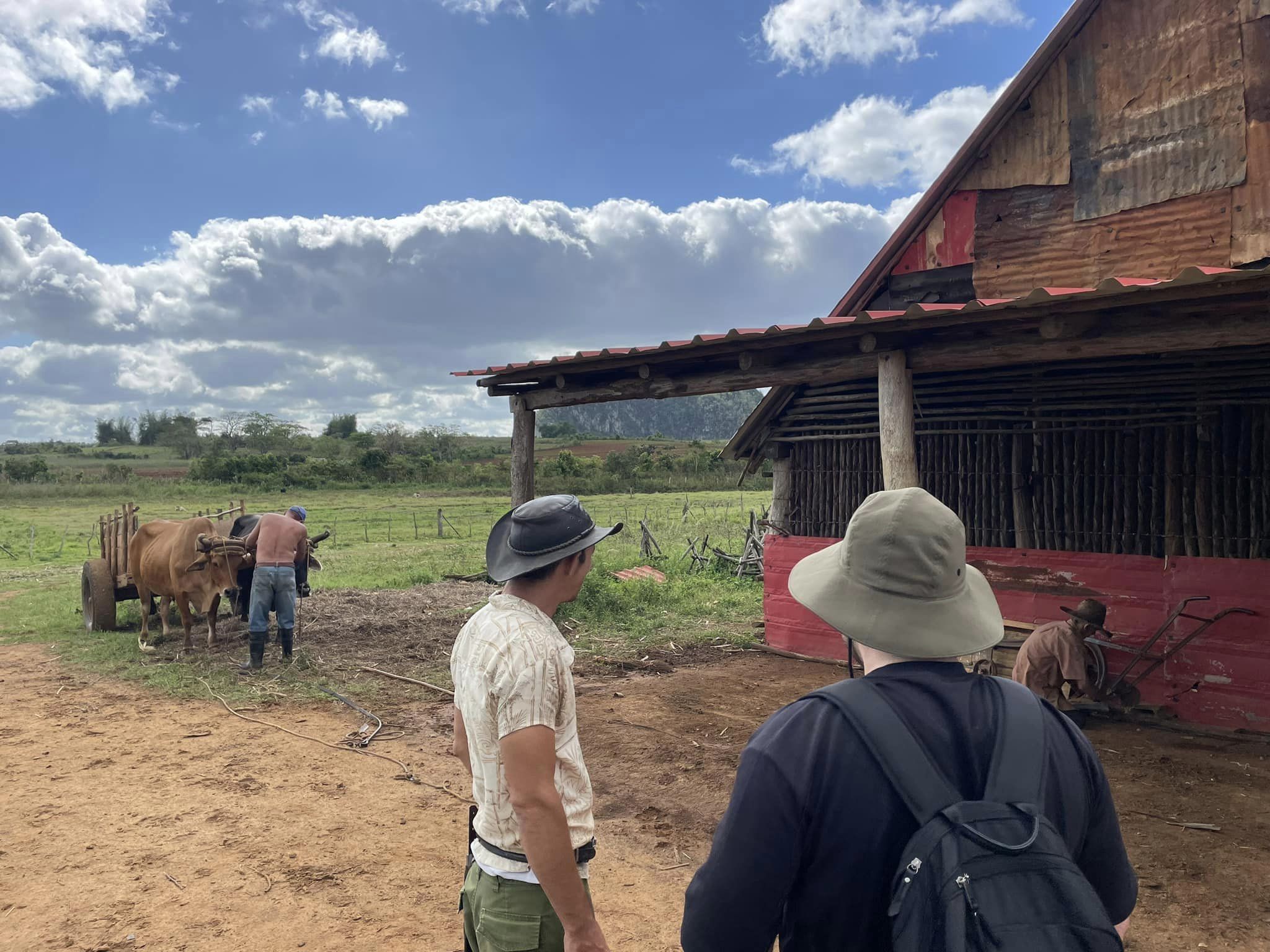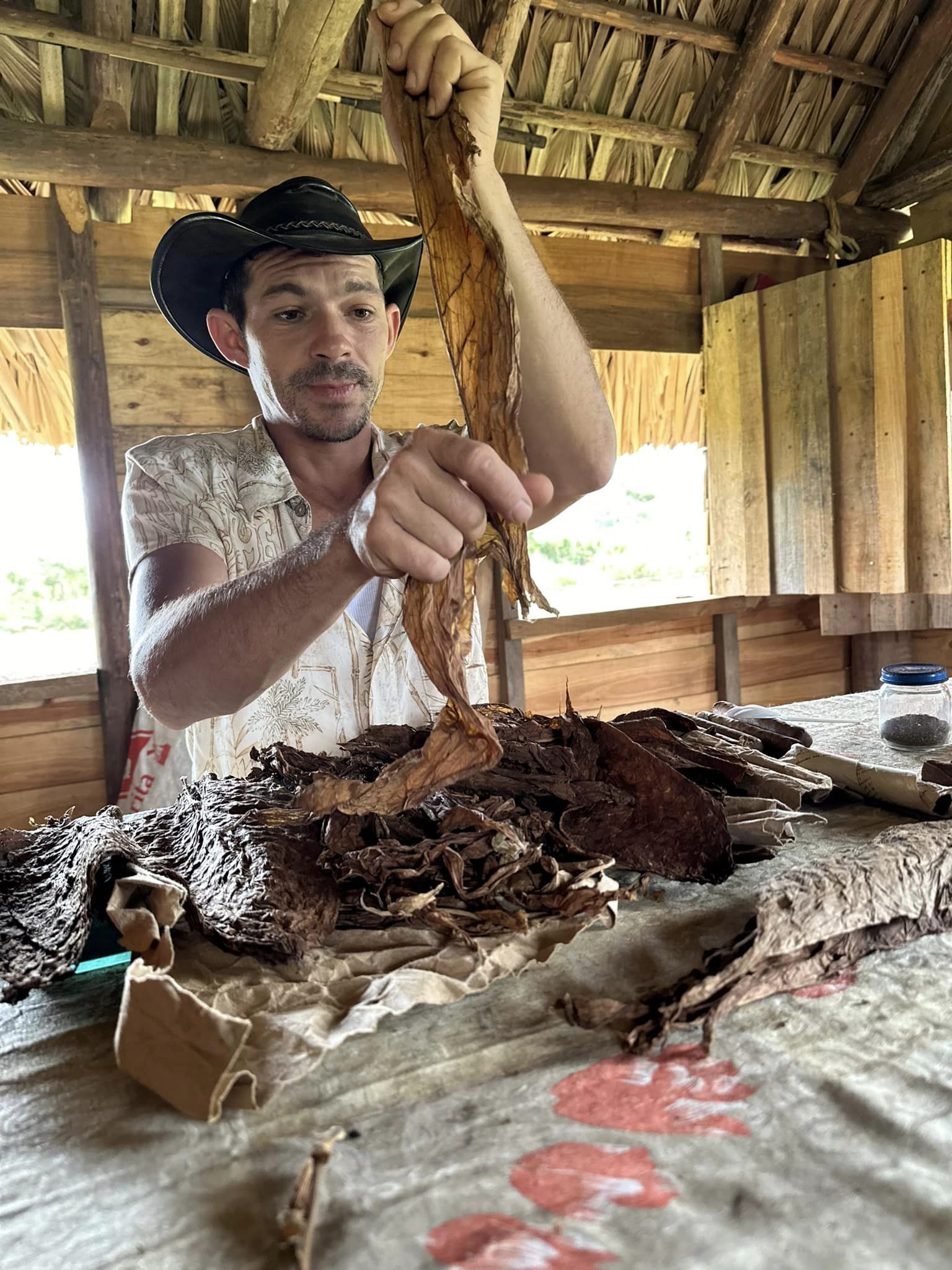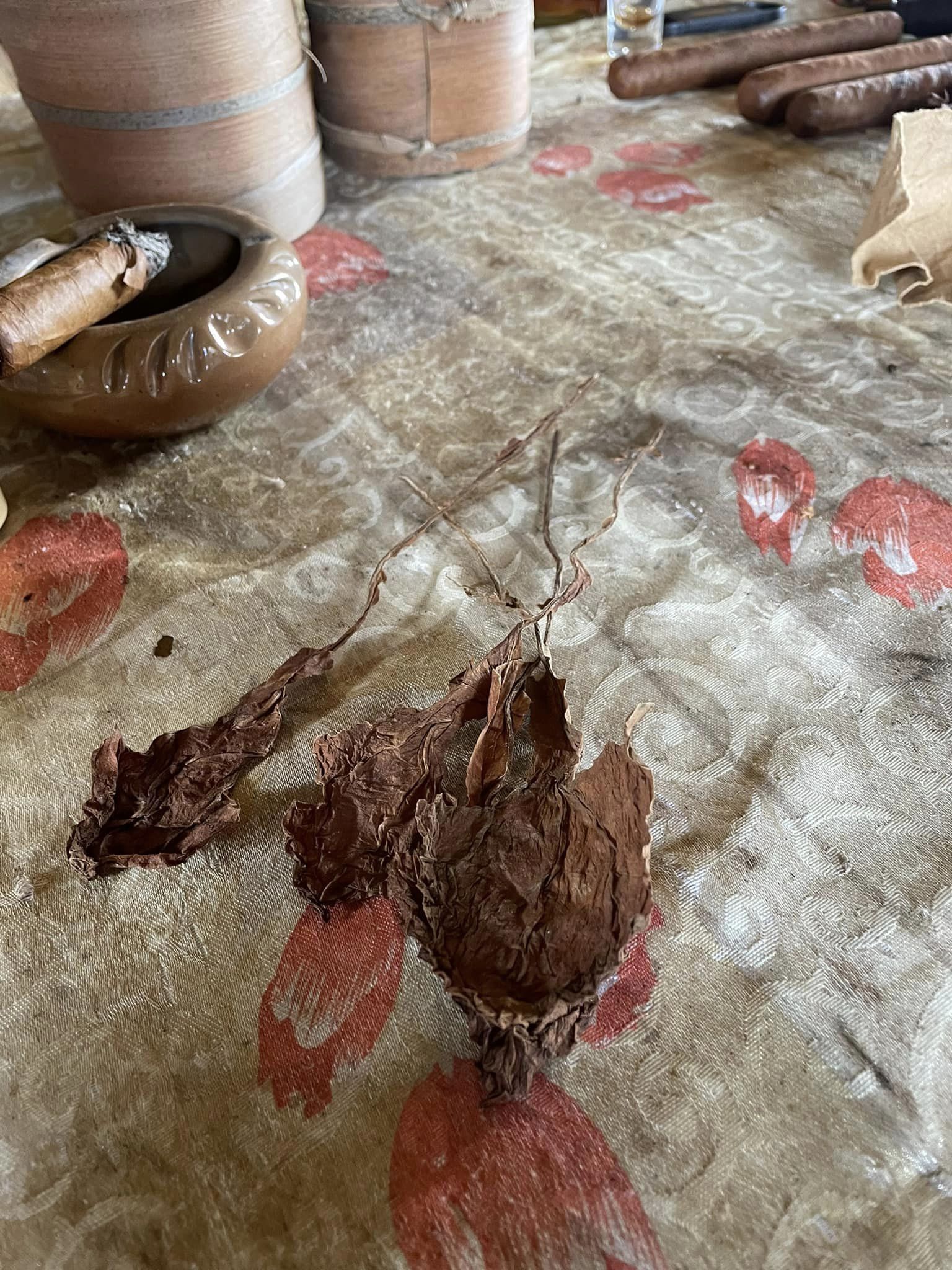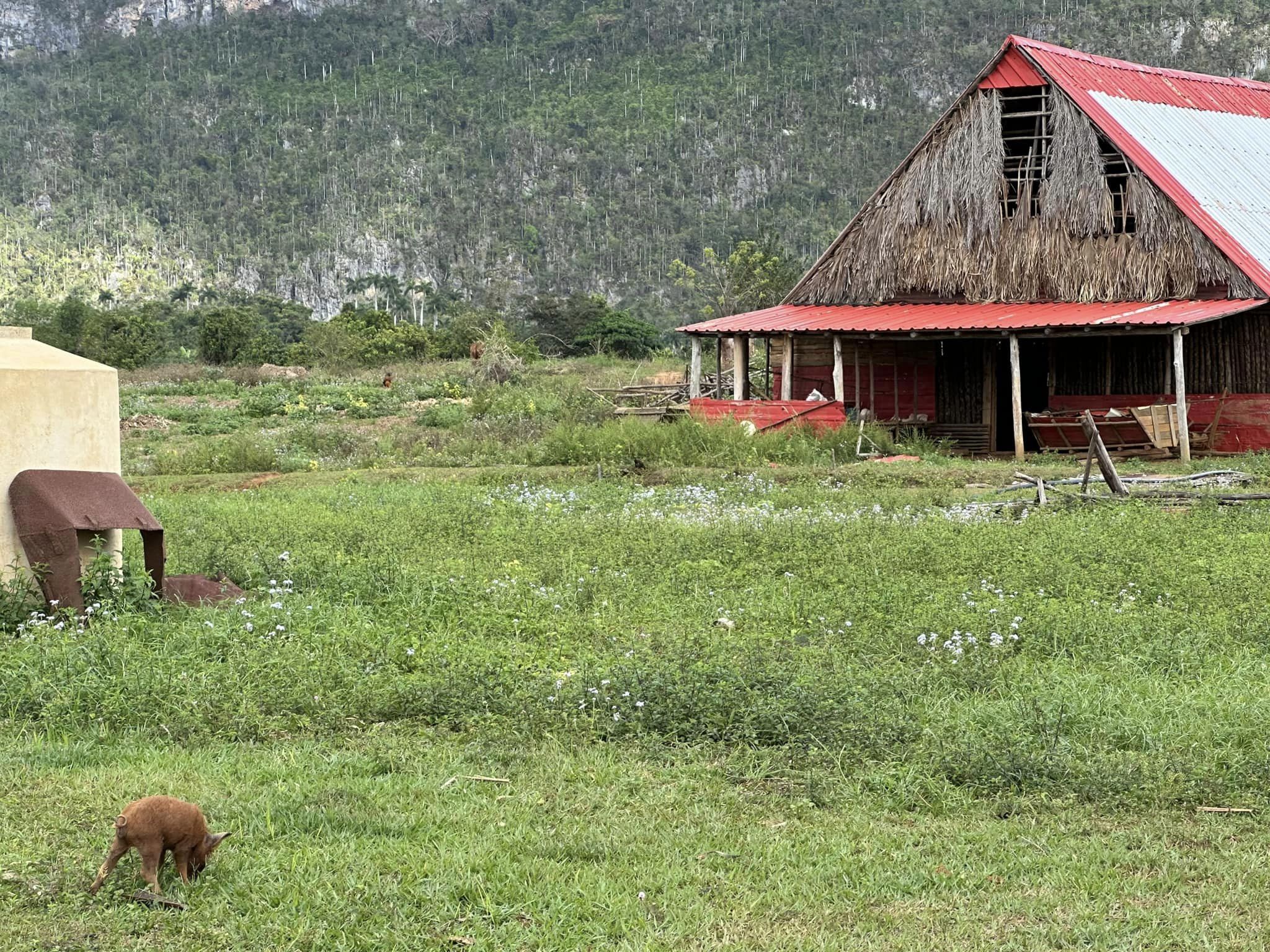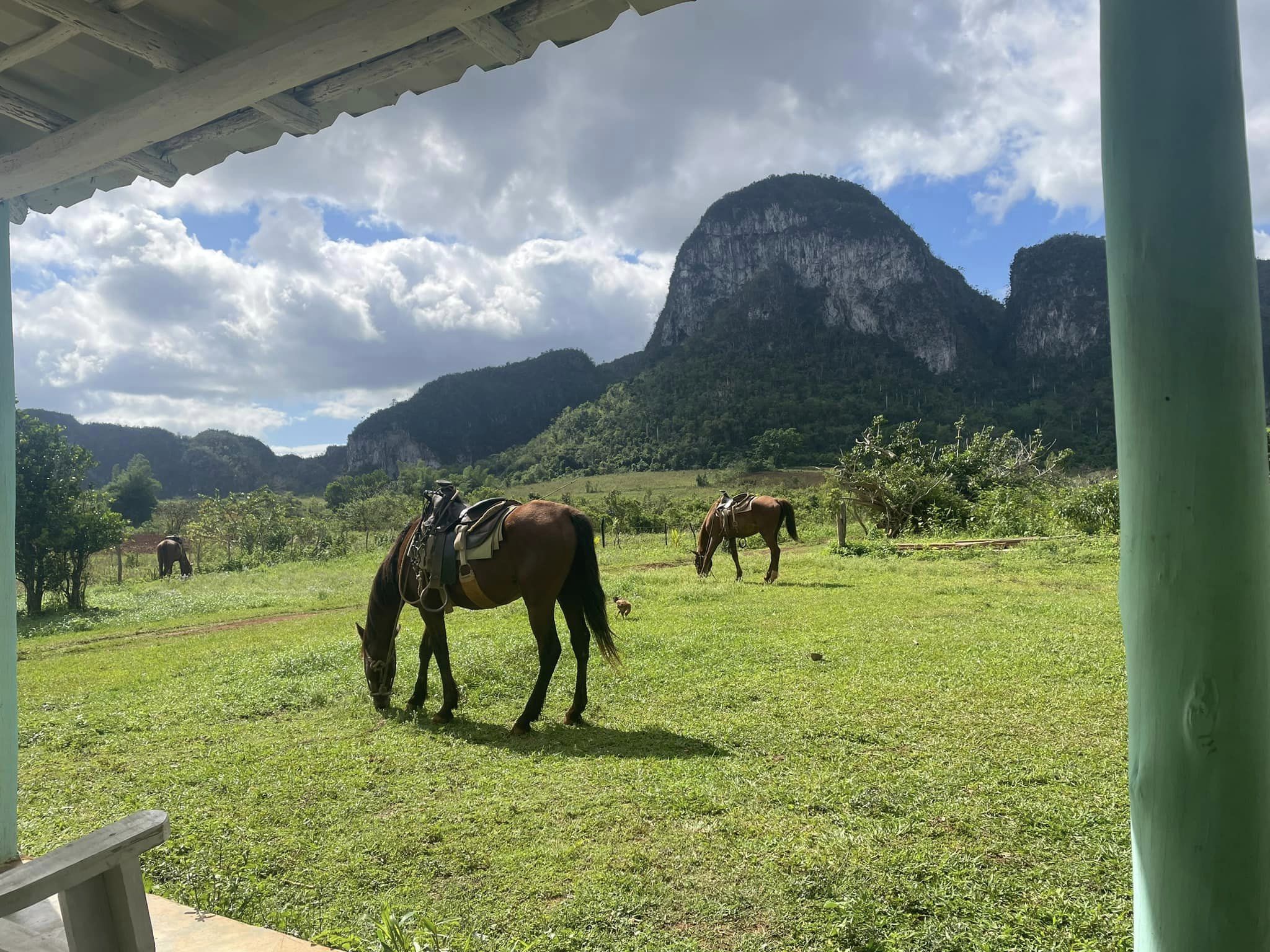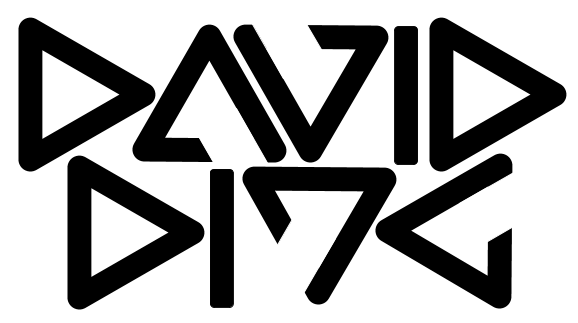2024-03-24: Tobacco Farm
Author: Rob
Natural beauty may be the primary attraction to Viñales, but following right behind this is agriculture, especially tobacco farming. Viñales is famous for it’s tobacco, 90% of which is used by the Cuban government to produce their famous Cohiba brand cigars.
Our horseback tour in Viñales included a stop of Finca Agroecológica Entre Montañas. “Finca” is the term that Cubans use for “farm”, and a “Finca Agroecológica” is a small, family run organic farm. After the collapse of the Soviet Union in 1991 the Cuban government started promoting these organic agricultural models as a solution to the loss of pesticides and fertilizers formerly imported from Russia. These farms are intended to solve part of the food shortage problem in Cuba, but to be honest it seems like many of them do better when they market themselves to the tourism industry.
This seemed to be the case at Finca Agroecológica Entres Montañas. While the farm took an hour to reach by horseback, through a maze of dirt roads skirting around fields of yucca and sweet potato, it was obvious that despite their isolation, they expected visitors all the same. When we arrived we were offered menus for a small cafe that served breakfast, lunch, and coffee, as well as cocktails like mojitos and canchancharas. We passed on the refreshments and gravitated toward a small cottage on the edge of the farmyard, where we could see some other tourists watching a man talk about tobacco.
The man was Leonardo- a fourth generation tobacco farmer and the face of Finca Agroecológica Entre Montañas. In addition to his natural charisma he also speaks English very well, which we appreciated as it helped us to learn a lot more about the tobacco to cigar process, as well as the challenges he and his family face as tobacco growers in Cuba. Leonardo started by giving us each a cigar to enjoy, and telling us about the tobacco lifecycle: his family starts by collecting seeds from mature tobacco plants, too old to use for cigars. Each plant can produce thousands of seeds, and this is good because his family plants 250,000 tobacco seeds a year, all by hand and without the use of machinery. It takes 90 days for the tobacco to mature, upon which they can harvest it and hang it in a drying shed to cure. They used to have more sheds, but several years ago Hurricane Ian decimated large swathes of Cuba, including some of their tobacco infrastructure. In the tobacco curing sheds the tobacco hangs until the rainy season imperils it, then it is packaged and turned over to the government for further curing, storage, and cigar making.
Leonardo was a wealth of information, but there were two things that he stressed repeatedly and adamantly: the current Cuban government does not help small family farms, and the major cigar manufacturers don’t focus on quality in their cigars. According to him the Cuban government takes 90% of his tobacco crop to make Cohiba cigars. To make sure he’s not selling tobacco illegally they send an inspector to his farm every week after harvesting tobacco to count every plant hanging in his curing shed. He pointed out his father working on repairing a broken plow and told us that while Fidel supported small farms the current government doesn’t help them repair or procure new equipment, and all of the work is done by hand or with teams of oxen. After showing us around the farm he took us back to the cottage we found him in and demonstrated how cigars are rolled by hand. First he removes the ribs from every tobacco leaf. He claims that 90% of the nicotine in tobacco is isolated in the ribs of the leaf. He said that the big manufacturers leave the ribs in so that you get addicted to the nicotine, while his family removes them. He cites his 90 year old grandfather who smokes a pipe every day as proof that their cigars are healthier than Cohibas. I asked him if there is a use for the ribs and he told us that the nicotine can be extracted and used as a bug repellent, or refined and used in vape cartridges. After removing the ribs from he leaves he deftly rolled, trimmed, and wrapped them, saving the nicest leaves to create the seamless outer wrapper of the cigar.
In addition to tobacco his family also grows coffee in the mountains and honey from tropical stingless Melipona honey bees that gather nectar from the tobacco blossoms. All of this is for sale at Finca Entre Montañas, along with a unique aged rum made from guava fruit. While quality cigars range from $15-50+ each in the US, Leonardo offered a bundle of 20 cigars, wrapped in a palm frond box of sorts, for $100.
To be honest, I’m not sure that all of the information that Leonardo supplied was accurate and I don’t have the time or inclination to fact check him. He was very adamant that it didn’t matter if we bought anything from him, all that mattered was that we heard about his farm and understood how his government treated tobacco farmers. A cynical part of me wondered if this was part of the sales pitch, but at the same time it was obvious that they weren’t hiding new tractors or modern machinery where tourists couldn’t see them. At the end of the day I thought that the cigars were very nice, and the experience was unique and interesting- regardless of the facts.
